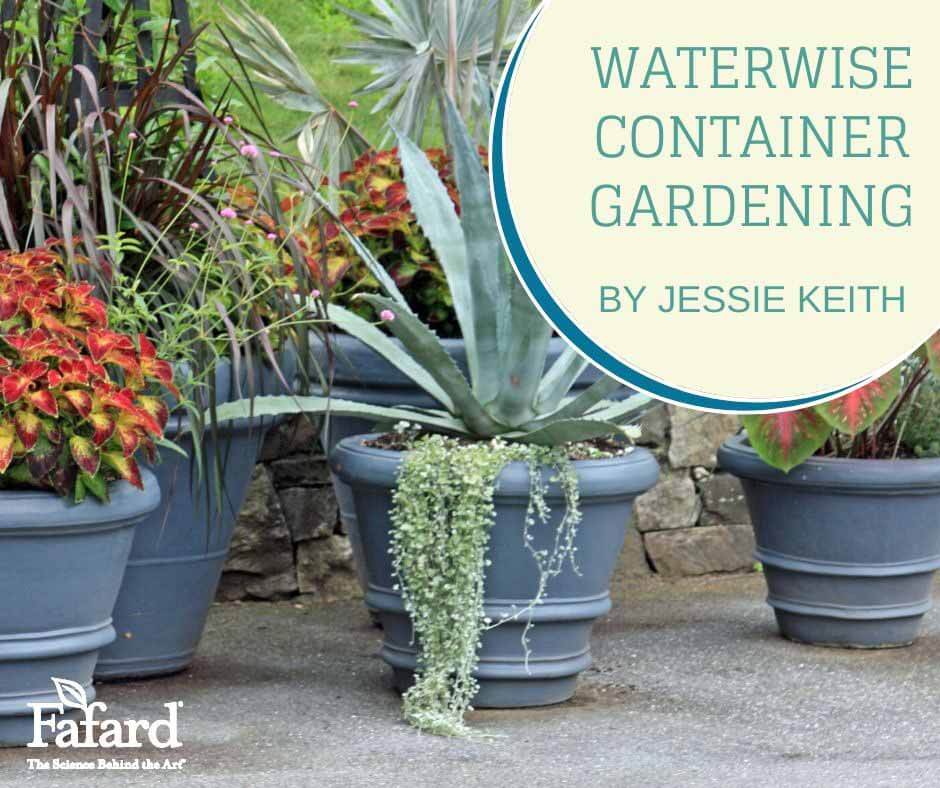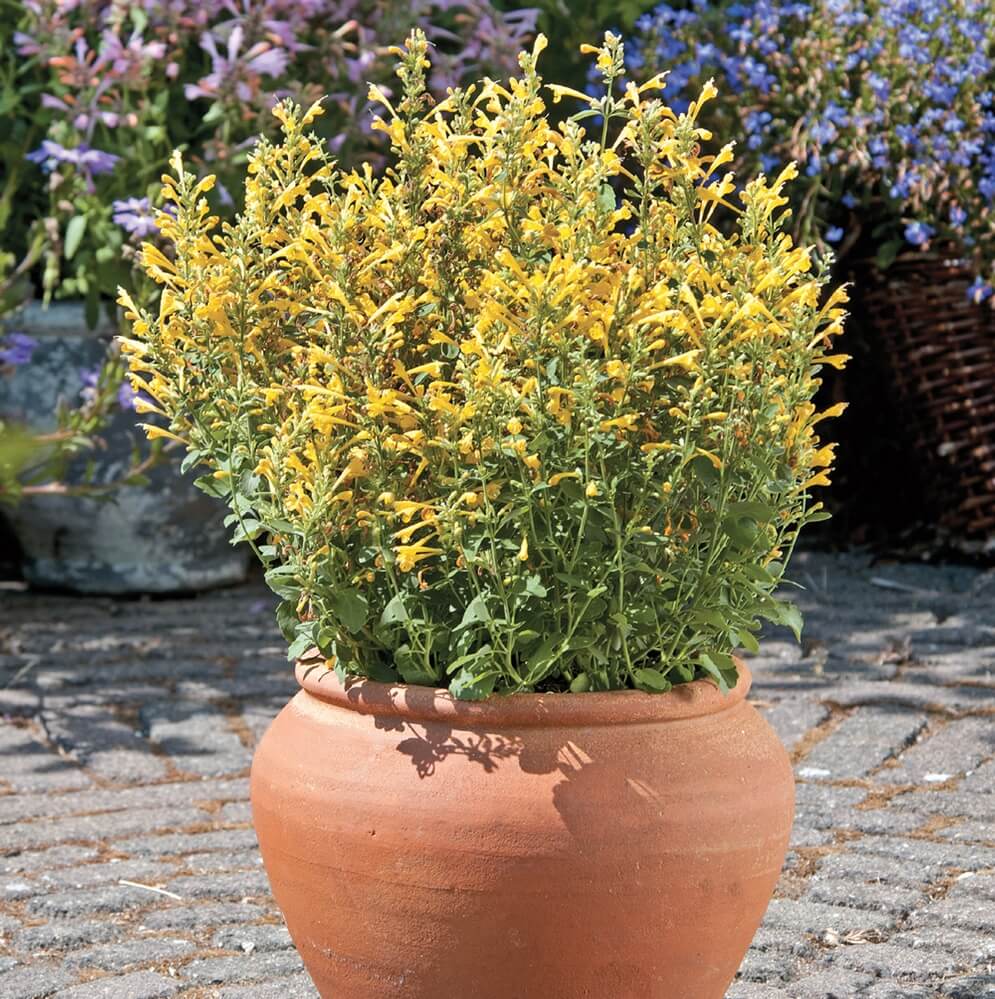
It’s baking hot and your garden plants are wilting, waning, and altogether looking crummy. What do you do? High heat can take a toll on our vegetable and flower gardens, causing fruit and flowers to drop, buds to shrivel, leaves to wilt, and plants show general stress. It’s bad news, but there are a few protective measures gardeners can take to save their green investments through the worst of the high heat periods. Just four tips can help you turn your over-heated plants around: 1. Plant Smart, 2. Add Water-Holding Amendments, 3. Water Smart, and 4. Provide Mulch and Shade.
Plant Smart

This basically means choosing heat-tolerant plants and picking the right locations for your plant choices. Vegetables (read more about heat-tolerant vegetables here and read more about heat-tolerant greens here) and flowers (read more about heat- and drought-tolerant bedding flowers here) that can take the heat generally originate from warmer parts of the world. Choosing a Mexican-native Marigold (Tagetes erecta) over a European Pot Marigold (Calendula officinalis) means a world of difference when temperatures heat up. The Mexican Marigold will thrive and the European species will fry.

More heat-tender plants should be placed in spots where they are protected by midday shade. Those planted alongside pavement need to be tougher because of the reflective heat generated by the concrete or asphalt. Buffering walkway or driveway edges with super tough creeping plants, such as rocky stonecrop (Sedum rupestre ‘Angelina’), trailing rosemary (Rosmarinus officinalis ‘Prostratus’) or Profusion zinnias, will reduce some of the glare and generated heat. Another tip is to place plants so that they are just touching, but not overcrowded. Keeping the sunlight from hitting the ground surrounding plants is cooling. It is also smart to plant from high to low with taller plants shading shorter plants (Wild Senna is an outstanding tall, heat-tolerant perennial you can read about here).
Add Water-Holding Amendments
 Water keeps soil cooler, so adding water-holding amendments helps reduce heat stress as well as drought stress. Organic matter always holds more water, so it is wise to add fresh compost to beds before planting. Fafard Premium Natural & Organic Compost is a great choice, but there are other amendments designed specifically to hold water. A sustainable selection is Black Gold Just Coir, which is comprised of 100% all-natural coconut coir and holds water like a dream. Coir comes from processed coconut husks, a byproduct of the coconut industry.
Water keeps soil cooler, so adding water-holding amendments helps reduce heat stress as well as drought stress. Organic matter always holds more water, so it is wise to add fresh compost to beds before planting. Fafard Premium Natural & Organic Compost is a great choice, but there are other amendments designed specifically to hold water. A sustainable selection is Black Gold Just Coir, which is comprised of 100% all-natural coconut coir and holds water like a dream. Coir comes from processed coconut husks, a byproduct of the coconut industry.
Water Smart

There are several watering techniques that will help you protect your plants from heat a little better (read all about smart watering tips here). First, watering early in the morning or later in the evening will allow plants take in moisture at cooler times of the day to help them withstand the high heat of midday. I like to water in the morning best. Drip hoses also help keep roots cool and water directly at the root zone.
Provide Mulch & Shade

Mulches help keep plant roots cool. In the garden, lighter mulches, such as straw, hay, or leaf mulch, make a real difference in keeping plants happy during high-heat windows. Leaf mulch or pine straw are good choices for ornamental gardens. When days are really scorching, vegetables may benefit from floating shade cloth to reduce the sun’s glare. The cloth can either be supported by stakes surrounding beds or floated over rows during the day’s hottest window, from 11:00 am to 5:00 pm. Most studies show that the time between 2:00 and 3:00 pm is the hottest time of the day.
The most scorching days of summer usually don’t last long, but they can do lasting damage, dulling your garden’s looks and reducing yields. Protect them during these times to make the most of your garden for the rest of the season.






